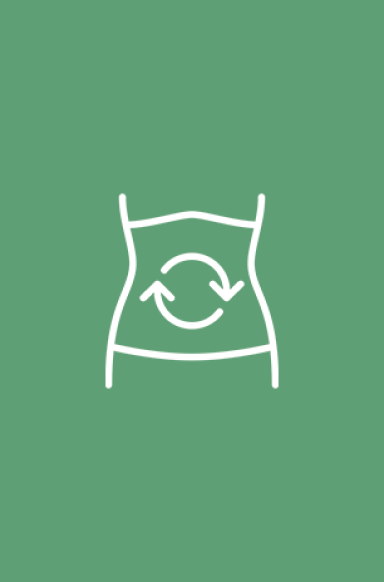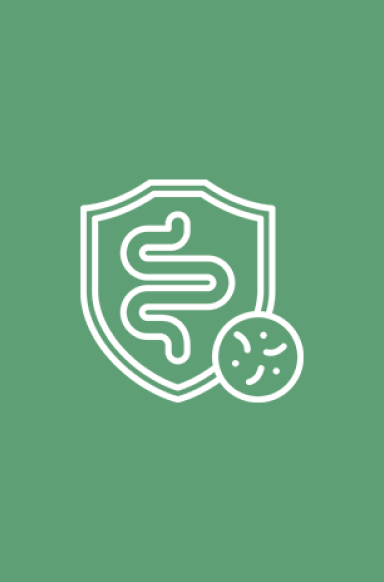Save 35% OFF your first subscription with code: EZ35
Save 35% OFF your first subscription with code: EZ35
Save 35% OFF your first subscription with code: EZ35
Save 35% OFF your first subscription with code: EZ35
Save 35% OFF your first subscription with code: EZ35
Save 35% OFF your first subscription with code: EZ35
Save 35% OFF your first subscription with code: EZ35
Save 35% OFF your first subscription with code: EZ35
Save 35% OFF your first subscription with code: EZ35
Save 35% OFF your first subscription with code: EZ35
Save 35% OFF your first subscription with code: EZ35
Save 35% OFF your first subscription with code: EZ35
Save 35% OFF your first subscription with code: EZ35
Save 35% OFF your first subscription with code: EZ35
Save 35% OFF your first subscription with code: EZ35
Save 35% OFF your first subscription with code: EZ35
Save 35% OFF your first subscription with code: EZ35
Save 35% OFF your first subscription with code: EZ35
Save 35% OFF your first subscription with code: EZ35
Save 35% OFF your first subscription with code: EZ35
Save 35% OFF your first subscription with code: EZ35
Save 35% OFF your first subscription with code: EZ35
Save 35% OFF your first subscription with code: EZ35
Save 35% OFF your first subscription with code: EZ35
EZ Melts Health Blog
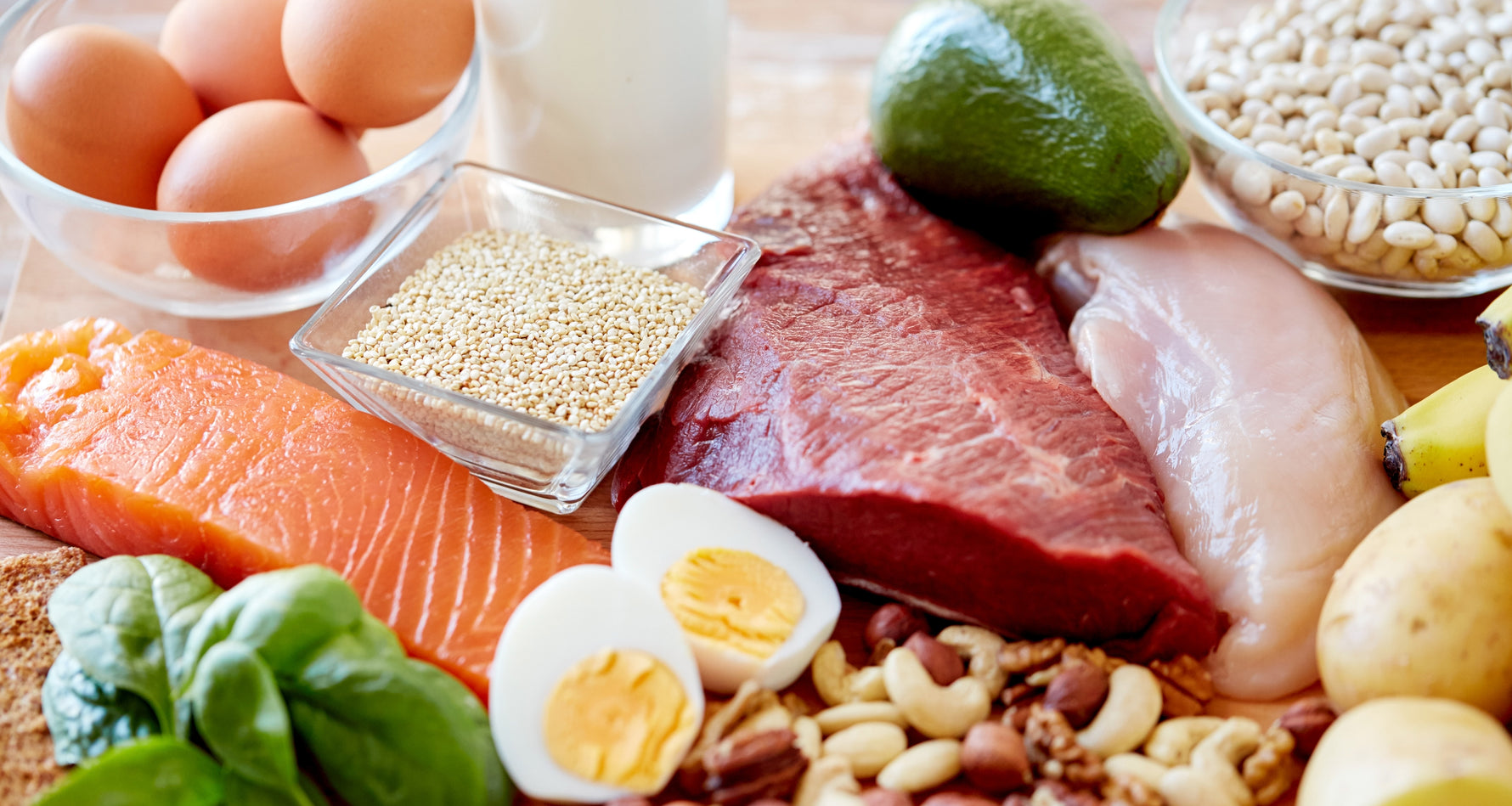
EZ Melts Health Blog
What Are Complete Protein Foods?
by Annie-Eliza Stevens
on Feb 28 2024
Reading Time: 4 minutes
We hear about protein all the time, but how often do you hear the phrase “complete protein”, and what does it mean?
Foods containing complete protein are crucial for maintaining your muscle mass, keeping your bones strong, and supporting various body functions. In this article, we'll explore what complete protein is, the role it plays in the body, and what foods are the best sources of it.
What is a Complete Protein?
First, let's define what complete protein is. Protein is made up of amino acids, which are considered the building blocks of our bodies.
There are 20 different types of amino acids, but nine of them are considered essential because our bodies cannot produce them on their own. Complete proteins contain all nine essential amino acids in adequate amounts for our body's needs.
In other words, they provide a complete set of amino acids necessary for optimal health and function.
Why is Complete Protein Important?
Protein plays many crucial roles in our bodies. It helps build and repair tissues, such as muscles, bones, and skin. It also produces enzymes, hormones, and antibodies that support various body functions. Additionally, protein is essential for maintaining a healthy immune system and promoting proper growth and development.
Complete proteins are especially important for individuals who are physically active or have higher protein requirements due to factors like age or illness. Without enough complete protein intake, the body may not be able to perform these vital functions efficiently.
Proteins play a vital role in building and repairing tissues, producing enzymes and hormones, and supporting the immune system.
A complete protein is essential for maintaining muscle mass and keeping bones strong. It is also vital for the production of healthy blood cells and maintaining healthy skin, hair, and nails.
Benefits of Consuming Complete Protein Foods
Consuming complete protein foods has numerous benefits for your health. These foods can help you build muscle mass, lose weight, reduce muscle soreness after exercise, and support your immune system. Complete protein foods have also been shown to help reduce the risk of heart disease, diabetes, and cancer.
Sources of Complete Protein
Animal-based sources of complete protein include meat, fish, poultry, eggs, and dairy products. These foods contain all the essential amino acids that our bodies require.
Animal-based sources of complete protein also tend to contain higher levels of certain nutrients like Vitamin B12, which is essential for nerve function and healthy blood cells.
Plant-based sources of complete protein include beans, lentils, quinoa, nuts, seeds, and tofu. While these foods may not have all the essential amino acids on their own, they can be combined with other plant-based sources of protein to create a complete protein source.
How Much Complete Protein Do You Need?
The amount of complete protein required varies depending on a person's age, sex, weight, and activity level.
However, according to the Centers for Disease Control and Prevention (CDC), the recommended daily intake of protein for adults is 46 grams for women and 56 grams for men.
If you are an athlete or someone who engages in regular physical activity, your protein requirements may be higher.
Tips for Incorporating Complete Protein into Vegetarian/Vegan Diets
Incorporating complete protein into vegetarian or vegan diets may seem a bit trickier, but can be easy and delicious!
Some tips to help you include complete protein in your diet include adding lentils to your soups and stews, making delicious and protein-rich smoothies with nuts and seeds, and using tofu or tempeh to make stir-fries and tacos. You can also experiment with different types of grains, such as quinoa or amaranth, which are considered complete proteins on their own.
Don't forget about the power of beans and legumes! These plant-based sources of protein can be incorporated into a variety of dishes, such as chili, salads, and even veggie burgers. And let's not overlook the versatile egg for vegetarians–– it’s a complete protein and can be used in many vegetarian and vegan recipes.
Often vegan and vegetarian sources are incomplete proteins, like legumes or certain grains by themselves, so incorporate a variety into your diet. Don't be afraid to try new foods and get creative in the kitchen when it comes to incorporating complete protein into your diet, because the benefits are definitely worth it.
Conclusion
Complete protein foods are essential for maintaining optimal health and wellbeing. Whether you are a meat-eater, vegetarian, or vegan, there are plenty of options for getting complete protein in your diet.
Be sure to include a variety of sources of complete protein to ensure that you are getting all the essential amino acids your body requires. Experiment with different recipes and ingredients to find what works best for you.
Remember, a well-rounded diet that includes complete protein will not only provide your body with the necessary building blocks for strong muscles and tissues, but it will also support healthy immune function, hormone production, and overall energy levels. All this adds up to a happier, healthier you!

EZ Melts Health Blog
Three Easy High-Protein Thanksgiving Appetizers
by Annie-Eliza Stevens
on Nov 15 2023
Reading Time: 2 minutes
With Autumn comes some of our favorite holidays, and holidays are all about the company and food. Thanksgiving, in particular, is a time for spending time with family and friends while enjoying a wide array of delicious menu items.
Unfortunately, all of the heavy, carb-laden dishes that dominate the holiday table can leave you feeling sluggish and exhausted. A holiday centered around eating can be tricky to navigate if you need lighter options or have dietary restrictions.
Luckily, there are plenty of ways to sneak some healthier options onto your plate without sacrificing any of the flavor.
If you're looking for some high-protein appetizer options to kick off your Thanksgiving feast, you've come to the right place. Here are three apps and side dishes to bring with you to your next Thanksgiving that are both delicious and nutritious.
Spicy Roasted Chickpeas
Chickpeas are a great source of vegetarian protein, and they're also packed with fiber and other nutrients.
To make this recipe, simply toss a can of drained and rinsed chickpeas with some olive oil, sea salt, and your favorite spices (We like to use smoked paprika and cayenne pepper for a little kick).
Roast the chickpeas in a preheated 400-degree oven for 15-20 minutes, or until they're crispy and golden. Serve them in a bowl as a crispy snack or use them as a crunchy topping for your favorite salads—the possibilities with this dish are endless!
Turkey and Egg White Meatballs
Turkey is a traditional Thanksgiving protein, and these meatballs are a fun and flavorful take on a classic. The egg whites deliver a kick of protein while cutting out a lot of cholesterol and fat from using the yolk.
Mix together ground turkey, egg whites, minced garlic, chopped parsley, and crushed red pepper flakes. Form the mixture into golf ball-sized meatballs and bake them in a 375-degree oven for 20-25 minutes, or until they're cooked through.
Serve them with a dollop of cranberry sauce on top for a festive touch. Wondering where to put them on the table if you’ve already got a turkey roasting in the oven? Incorporate these into your pre-dinner snack spread.
Greek Yogurt and Veggie Dip
Dips are a classic party food, but they're often made with heavy cream cheese or sour cream. This recipe swaps those heavier ingredients for protein-rich Greek yogurt and loads up the dip with plenty of veggies to boost fiber and nutrients.
Simply mix together plain non-fat or 1% Greek yogurt with chopped cucumbers, red peppers, scallions, and a squeeze of fresh lemon juice.
Serve the dip with your favorite sliced vegetables or whole-grain pita chips. The crunchy texture is satisfying with this creamy, slightly tangy dip. It’s incredibly versatile too, so if you’d like to add some herbs or spices, feel free to experiment.
Conclusion
Thanksgiving doesn't have to be a diet-busting holiday or lacking in nutrition. By incorporating some high-protein appetizers into your pre-dinner spread, you can help keep your energy levels high, so you don’t fall asleep before family activities.
Give these three recipes a try and see how delicious healthy holiday eating can be. For inspiration, click here to check out more Thanksgiving recipes. Enjoy your holiday feast!
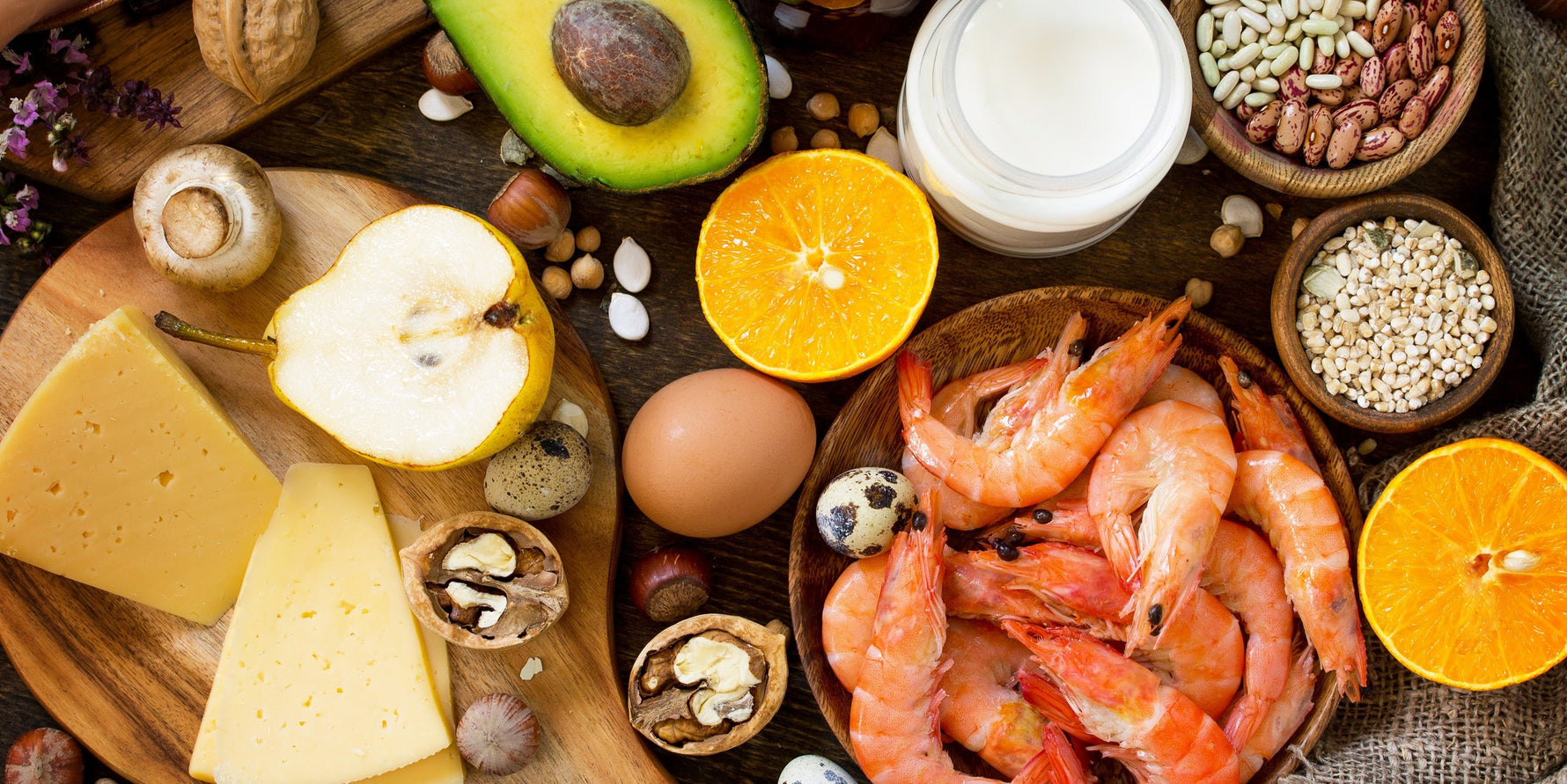
EZ Melts Health Blog
Protein and Fiber: The Dynamic Duo of Nutrition
by Annie-Eliza Stevens
on Jun 06 2023
Reading Time: 3 minutes
Protein and fiber are two essential components of a healthy diet, and they are even better when consumed together. Protein and fiber have different roles in the body, but both are important for a variety of functions.
Protein provides the body with energy, building blocks for cells, and is essential for maintaining muscle mass. Fiber helps regulate digestion, reduce cholesterol, and helps you feel fuller longer.
Combining protein and fiber gives you the best of both worlds, providing you with the nutrition you need to stay healthy and energized. Read on to learn more about why protein and fiber are the dynamic duo of nutrition.
What Are the Benefits of Protein?
Protein is an essential nutrient that our body needs to function properly. It plays a vital role in building and repairing tissues, producing enzymes and hormones, and supporting a healthy immune system. Protein also helps to maintain healthy muscles, bones, skin, and hair.
One of the key benefits of protein is its ability to keep us full and satisfied. When we eat protein-rich foods, they take longer to digest than carbohydrates and fats, which means that we stay full for longer periods of time and experience more stable energy levels throughout the day.
In addition, protein is important for preserving lean muscle mass. As we age, our muscles naturally start to deteriorate, which can lead to a variety of health problems. By consuming adequate amounts of protein, we can help to slow down this process and maintain strong, healthy muscles.
Overall, protein is a crucial component of a healthy diet and should be consumed in adequate amounts on a daily basis. Good sources of protein include lean meats, fish, poultry, eggs, beans, and nuts.
What Are the Benefits of Fiber?
Fiber is an essential nutrient that plays a crucial role in maintaining a healthy diet. It is a type of carbohydrate that our bodies cannot digest, but it serves several important functions that contribute to our overall health.
Firstly, fiber aids in digestion and helps regulate bowel movements. It adds bulk to stool, making it easier to pass through the digestive system and preventing constipation. It can also help reduce the risk of developing hemorrhoids and diverticular disease.
Fiber can also support lower cholesterol levels, which can ultimately decrease the risk of heart disease. It does this by binding to cholesterol in the intestines and removing it from the body. A high-fiber diet has also been linked to lower blood pressure, which is also important for heart health.
Another benefit of fiber is its role in weight management. Foods high in fiber tend to be more filling and satisfying, which can lead to consuming fewer calories overall. Fiber also slows down the absorption of glucose into the bloodstream, preventing spikes in blood sugar levels and helping to maintain steady energy levels.
How Do Protein and Fiber Work Together?
Protein and fiber work in tandem to provide our bodies with the nutrition needed for optimal health. When we consume foods rich in protein, our bodies use it to build and repair muscle tissue, support our metabolism, and aid in the production of enzymes and hormones.
When consumed together, protein and fiber can provide a balanced and sustained source of energy throughout the day. Additionally, foods that are rich in both protein and fiber tend to be nutrient-dense, meaning they provide our bodies with a variety of essential vitamins and minerals.
So what are some examples of foods that are high in both protein and fiber? Beans, lentils, nuts, and seeds are all great sources of nutrients. Whole grains such as quinoa, brown rice, and oats are also excellent choices. Vegetables such as broccoli, spinach, and sweet potatoes combine protein, fiber, and essential vitamins.
The EZ Melts Difference
If you’re looking to make sure you’re getting all the nutrition your body needs beyond fiber and protein, supplements can be a great addition to your healthy eating plan.
We make it EZ to get the nutrition you need with our fast-melting supplements. Our vitamins are non-GMO, vegan, sugar-free, and free from the nine most common allergens.
And with our subscription service, it’s even easier to take care of yourself. Use code EZ30 at checkout to save 30% off your first subscription.
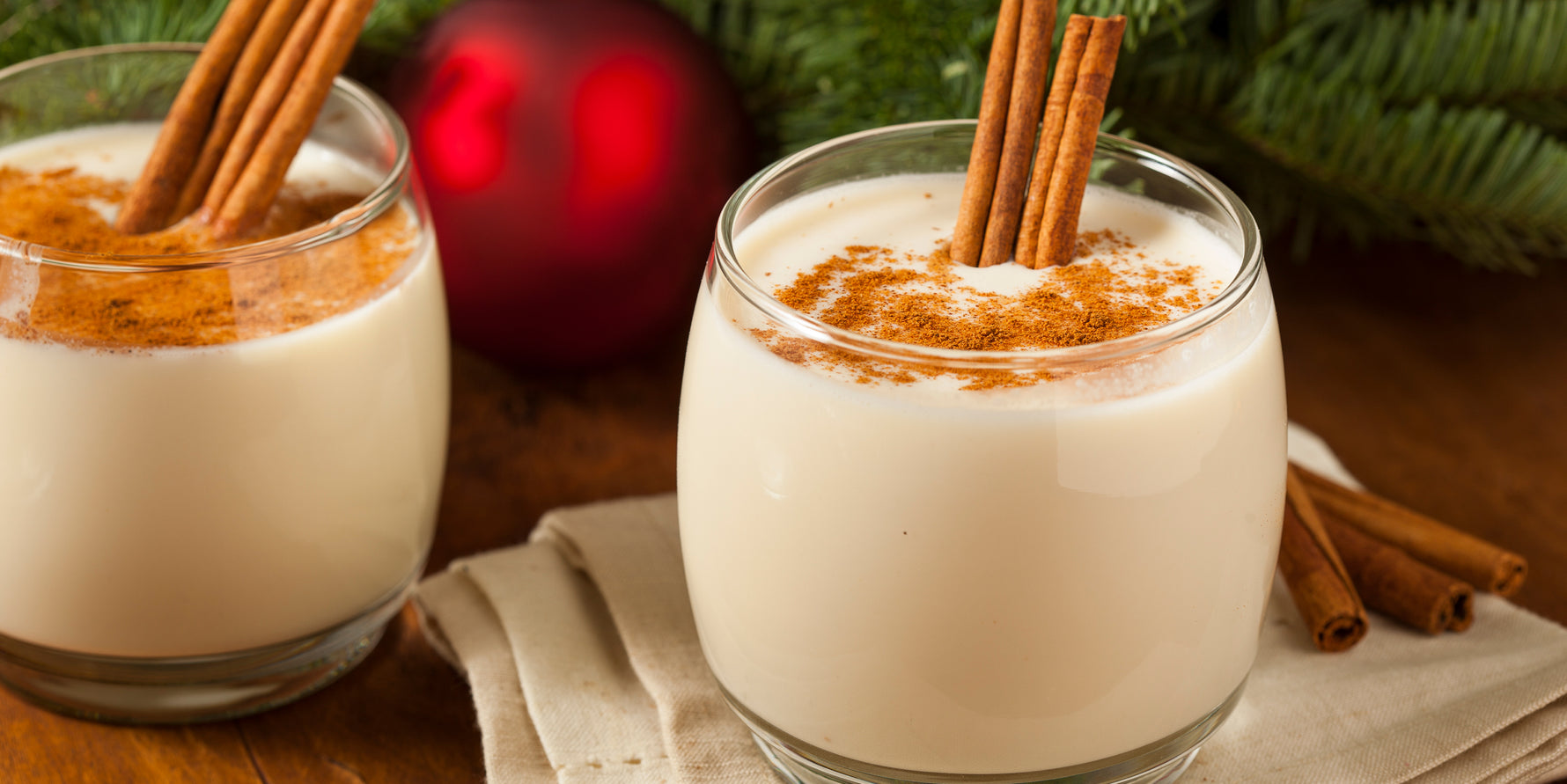
EZ Melts Health Blog
Five Healthier Christmas Recipes You'll Love
by Annie-Eliza Stevens
on Dec 19 2022
Read Time: 5 minutes
It's that time of year again! As we say farewell to 2022, many of us look forward to sharing holiday memories with loved ones.
It's time for gingerbread houses, candy canes, and cookies. But if you prefer lighter fare, those sugary treats can be a real nutrition-buster.
As always, we're here to help you have a happy holiday, no matter what your menu looks like. We have five healthier Christmas recipes that are just as delicious as the originals you know and love. So go ahead and indulge—it's our gift to you!
Everyone's Eggnog
This classic holiday beverage doesn't have to be loaded with sugar and calories. Our lighter version uses skim milk and low-fat yogurt, and it's still super creamy and delicious. If you're feeling spicy, add in 1/2 cup of white rum or vanilla vodka for the adults.
Serves: 8-10
Ingredients:
3 cups low-fat milk or milk alternative (creamier is better, think coconut)
2 tablespoons sugar
1/4 teaspoon ground nutmeg
1/8 teaspoon ground cinnamon
1 teaspoon vanilla extract
1/2 cup low-fat yogurt
1/4 cup egg substitute or 2 egg whites
1/2 white rum or vanilla vodka (optional)
Directions:
In a small saucepan, heat milk over medium heat until steaming. Add sugar, nutmeg, and cinnamon; stir until sugar is dissolved.
Remove from heat. Stir in yogurt and egg substitute until well blended. Add vanilla extract.
Top with a sprinkle of allspice or cinnamon if desired. Pour into glasses and serve immediately.
Quintessential Quinoa Stuffing
Give traditional stuffing a healthy makeover with this quinoa stuffing recipe. Quinoa is packed with protein and fiber, making it a filling, and satisfying option for your holiday feast. This recipe also includes tons of veggies like celery, onions, and mushrooms, so you can feel good about what you're eating.
Serves: 8-10
Ingredients:
2 cups quinoa
2 cups vegetable broth
1/2 onion, diced
1 celery stalk, diced
1/4 cup dried cranberries or craisins
1/4 cup chopped fresh parsley
3 tablespoons olive oil, divided
2 cloves garlic, minced
8 oz button mushrooms, diced small (about 2 cups)
1/4 teaspoon salt
1/4 teaspoon freshly ground black pepper
Directions:
Preheat oven to 350 degrees F (175 degrees C). Grease a 9x13-inch baking dish.
In a large saucepan, bring quinoa and vegetable broth to a boil. Cover, reduce heat to low, and simmer for 15 minutes. Remove from heat and fluff with a fork.
Heat 1 tablespoon olive oil over medium heat in a large skillet. Add onion and celery; cook until softened, about 5 minutes.
Stir in cranberries or craisins, parsley, garlic, mushrooms, salt, and pepper; cook for 5 minutes more.
Add the cooked quinoa and the remaining 2 tablespoons of olive oil; mix well.
Pour into the prepared baking dish. Bake for 20 minutes, or until heated through.
Cinnamon Roasted Sweet Potatoes
These roasted sweet potatoes are tossed in a blend of spices like cinnamon, nutmeg, and allspice. They make a delicious side dish for any holiday meal for those who love sweet potato casserole. If you're short on time, you can even cook them in the microwave before roasting to speed up the process.
Serves: 8
Ingredients:
4 large sweet potatoes, peeled and cut into 1-inch cubes
3 tablespoons olive oil
1 tablespoon ground cinnamon
1 teaspoon ground nutmeg
1/2 teaspoon allspice
1/4 teaspoon salt
1/4 teaspoon freshly ground black pepper
Directions:
Preheat oven to 400 degrees F (200 degrees C).
In a large bowl, toss sweet potatoes with olive oil, cinnamon, nutmeg, allspice, salt, and pepper.
Spread sweet potatoes in a single layer on a baking sheet. Bake for 25 minutes, or until tender and lightly browned. Serve immediately.
Vegan Christmas Roast
A roast is usually the centerpiece on anyone's holiday table, but here's the thing: there aren't always vegan versions of this main dish. This super simple vegan Christmas roast is made with seitan, a wheat-based protein, and it's flavored with a blend of rosemary, sage, and thyme. It makes a delicious main dish for any holiday meal, vegans included.
Serves: 8-10
Ingredients:
1 (16 oz) package seitan, cut into 1-inch cubes
3 tablespoons olive oil
1/2 teaspoon dried sage leaves
1/2 teaspoon dried rosemary leaves
1/2 teaspoon dried thyme leaves
1/4 teaspoon salt
1/4 teaspoon freshly ground black pepper
vegan gravy (optional)
Directions:
Preheat oven to 400 degrees F (200 degrees C).
In a large bowl, toss seitan with olive oil, sage, rosemary, thyme, salt, and pepper.
Spread seitan in a single layer on a baking sheet. Bake for 25 minutes, or until browned. Serve immediately, with gravy substitute if desired.
Paleo Pecan Pie
We're not leaving without having dessert, okay? This pecan pie is made with a grain-free crust and is sweetened with honey instead of sugar. It's the perfect dessert for your holiday table—or any time you're in the mood for something sweet!
Serves: 8
Ingredients:
1 recipe grain-free pie crust
3/4 cup honey
1/4 cup molasses
3 tablespoons arrowroot powder or tapioca flour
1 teaspoon ground cinnamon
1/2 teaspoon ground ginger
1/4 teaspoon salt
6 eggs, beaten
2 cups pecans, chopped
1 tablespoon vanilla extract
Directions:
Preheat oven to 350 degrees F (175 degrees C).
In a large bowl, whisk together honey, molasses, arrowroot powder or tapioca flour, cinnamon, ginger, and salt. Stir in eggs, pecans, and vanilla extract.
Pour mixture into the prepared pie crust. Bake for 40 minutes, or until the center is set. Allow to cool before serving.
The Gift of Health
No matter what your holiday plans are this year, we hope these five healthy holiday recipes help you stay on track. We've got you covered with recipes that are both delicious and nutritious.
And if you're still looking for the perfect gift that keeps on giving, consider our EZ Melts subscription membership.
Our vitamins are non-GMO, vegan, sugar-free and free from the nine most common allergens. We make it EZ to get the nutrition you need with our fast-melting supplements. Use code EZ30 at checkout to save 30% off your first subscription order.
Wishing you all a happy, healthy holiday season!
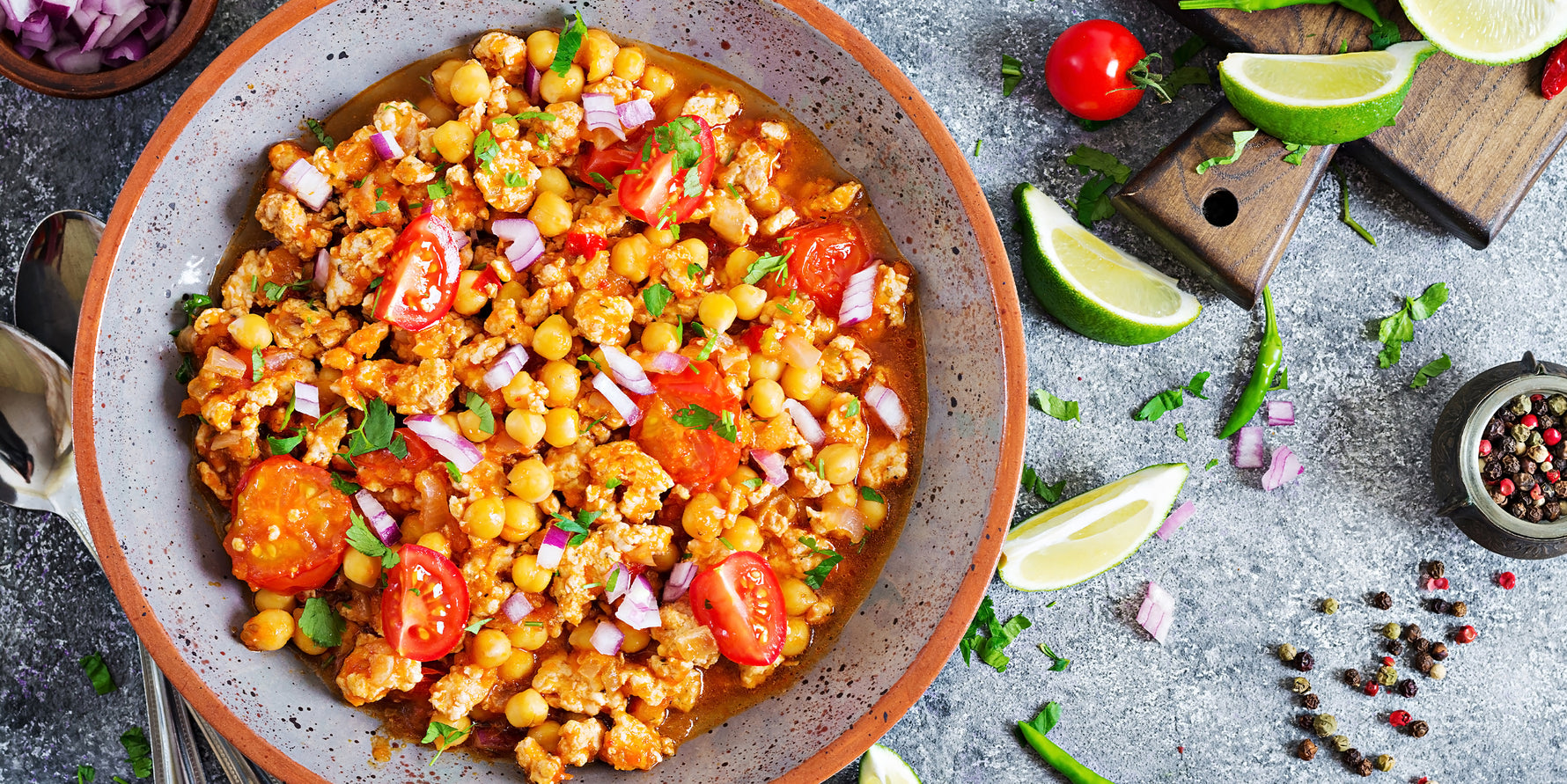
EZ Melts Health Blog
by Annie-Eliza Stevens
on Aug 17 2022
Read Time: 5 minutes
If you're looking for cheap and healthy protein-rich meals that you can make ahead, look no further! In this blog post, we will share five of our favorite recipes for meal preps that are both affordable and nutritious.
Protein is an essential nutrient for so many different bodily functions, including healthy muscle mass, brain function, and building your body’s tissue, so it's important to include plenty in your diet. These recipes are all packed with protein and flavor, so you'll be sure to enjoy them!
Spicy Honey Garlic Chicken Thighs
The first protein-rich recipe is our Honey Garlic Chicken. This dish is made with chicken thighs, which are a great source of protein and very affordable. The honey and garlic give the chicken a delicious sweet and zesty flavor. Add steamed brown rice and your favorite veggies as sides, and you have an easy-prep dinner.
You’ll Need:
4-5 boneless skinless chicken thighs
1/4 cup white flour
1/4 cup honey
2 tbsp low-sodium soy sauce or Bragg’s aminos
3 garlic cloves, minced or pressed
1 tsp paprika
1 tsp garlic powder
1 tsp onion powder
1 tsp cayenne pepper (optional)
Salt and pepper to taste
Chopped parsley for garnish
Directions:
Preheat the oven to 375 F.
Take the skin off the chicken thighs if you don’t have a skinless option.
Mix flour, garlic powder, onion powder, paprika, and cayenne pepper in a medium bowl.
Coat the chicken thighs evenly on both sides.
Season with salt and pepper, then place the thighs in a greased, oven-safe baking dish.
Mix honey, soy sauce, or Bragg’s aminos, and minced garlic cloves in a separate bowl, then pour over the chicken. Turn each thigh over if needed to coat evenly.
Cover the top with foil and bake for around 25 minutes, then take the foil off and continue baking for another 20 minutes.
Top with fresh parsley, serve with veggies and rice, and enjoy! We like mashed sweet potatoes with brown sugar, butter, and steamed brown rice as sides.
One-Pan Salmon Teriyaki & Bok Choy
Next up is our Salmon Teriyaki Bowl. Salmon is an excellent source of protein and omega-three fatty acids, making it a great choice for meat-eaters and pescatarians alike, while crunchy, crisp Bok choy is a popular Chinese cabbage full of vitamin C. This recipe also includes brown rice, so you'll get plenty of complex carbs and fiber as well.
You’ll Need:
1 lb of farm-raised salmon cut into 2-3 pieces
4-6 baby Bok choy, cut into two halves lengthwise
¼ cup scallions (green onions), chopped fine
½ cup maple syrup
½ cup soy sauce (or Bragg’s aminos)
3-4 garlic cloves, minced
1 tsp sesame oil
1 tbsp cornstarch
1 tbsp fresh grated ginger OR 1 tbsp ginger powder
1 tbsp rice vinegar
1-2 tsp olive oil
Sesame seeds for garnish
Directions:
Preheat the oven to 375 F.
Mix the soy sauce or Bragg’s, rice vinegar, garlic, ginger, and sesame oil.
Marinate salmon in the bowl, coating evenly, for 1 hour — overnight max ahead of time.
Toss the sliced baby Bok choy with olive oil on a nonstick or lined large baking sheet and toss with olive oil directly on the sheet.
Take salmon out of the fridge and carefully place pieces around Bok choy so that it is one even layer.
Bake the salmon in the oven for about 17-20 minutes, or until the bulbs of the Bok choy are tender and slightly brown and crispy.
Once the Bok choy is done, use tongs to remove it from the sheet pan and set it aside.
Turn the broiler on high and place salmon under the broiler for 1-2 minutes until cooked through and slightly crisp on top. It happens very quickly, so watch closely.
Remove sheet pan from the oven. Place the Bok choy back on the pan with the salmon. Garnish with thinly sliced scallions and sesame seeds.
Serve with steamed brown rice or jasmine rice and enjoy!
Chili Lime Chickpeas
For the veg-lovers out there, we’re sharing our super simple Chili Lime Chickpeas recipe. This dish is vegan and packed with protein. The chickpeas are roasted in a chili lime sauce, giving them a zesty flavor that goes great with rice or quinoa.
You’ll Need:
Chili Lime Sauce
1 garlic clove, minced
1/3 cup olive oil
1-2 tbsp white wine vinegar
1 tbsp lime juice
2 tsp chili powder
½ tsp cayenne pepper (optional)
1/2 tsp cumin
Salt and pepper to taste
Chickpea Bowl
2 cups cooked/roasted chickpeas
1/2 red onion, finely diced
1 tomato, diced (about 3/4 cup)
1/3 cup cilantro, minced
3/4 cup cooked quinoa
Salt and pepper to taste
Directions:
Set oven to 325 F.
Rinse and drain chickpeas. Bake chickpeas with a drizzle of olive oil on a lined sheet pan for 10-12 minutes, until slightly golden brown. Place in a large bowl.
Cook quinoa according to package directions.
Dice tomato and red onion, mince the cilantro and add to the bowl with chickpeas. Mix well with a large spoon.
Mix all the ingredients in a small bowl for the chili lime dressing.
Pour the dressing into the large bowl over the chickpeas and let it sit for 15 minutes before serving.
Spoon into medium bowls and serve with a cilantro garnish and a lime wedge if desired. You can also add ½ cup of salad greens to each bowl, then spoon chickpeas over it for an extra filling, eye-catching dish. Enjoy!
We hope you love these recipes as much as we do. If you're looking for more healthy, delicious meal prep ideas, be sure to check out our other blog posts. Happy cooking!











